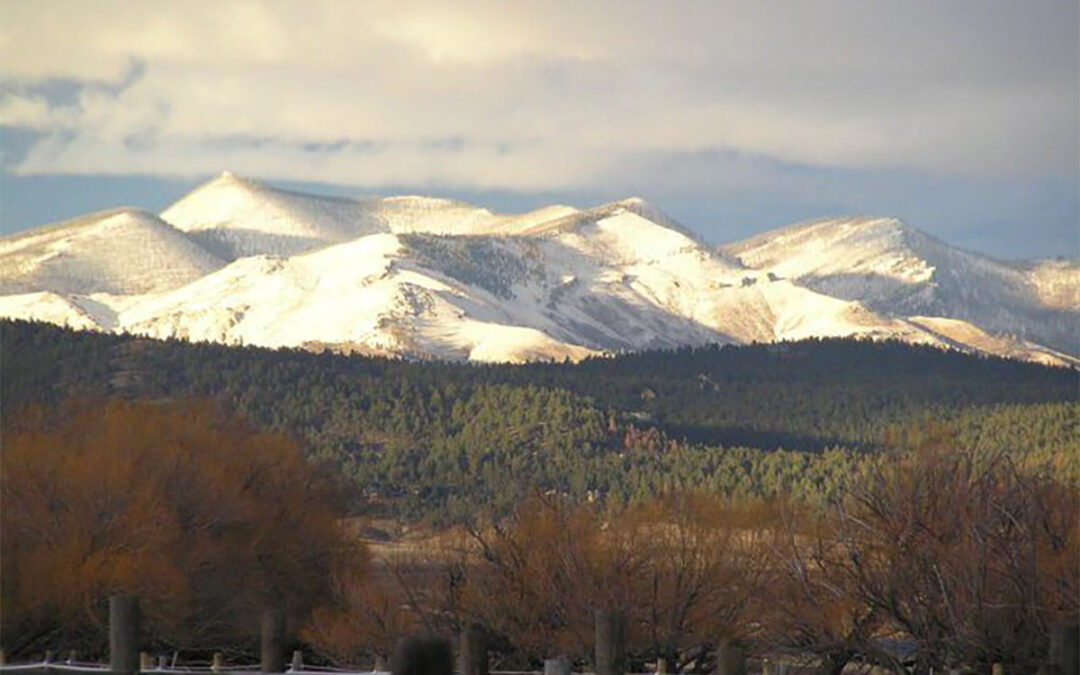Big Belt mountains looking northeast from just outside Helena, Montana. Photo:
The Alliance for the Wild Rockies and its co-Plaintiff, Native Ecosystems Council, have prevailed in stopping the Middleman project in Montana’s Big Belt Mountains, which was yet another massive and illegal Forest Service 20-year logging and burning project in western Montana.
We believe the Forest Service settled the case because the agency had again violated a number of federal laws – including the National Environmental Policy Act, the National Forest Management Act, the Endangered Species Act and the Administrative Procedures Act.
The settlement stops over 110 miles of road construction/reconstruction and over 5,000 acres of commercial logging in lynx and grizzly habitat. Like other logging projects on the Helena-Lewis and Clark National Forest, the Forest Service once again failed to adequately address the effects of illegal road use and failed to follow the agency’s own Travel Management Plan to reduce impacts on elk and grizzly bears.
Grizzly bears were listed as ‘threatened’ under the Endangered Species Act in 1975. This win is extremely important because the project is located in a key linkage zone for genetic exchange between the grizzly populations in the greater Yellowstone and Glacier/Northern Continental Divide ecosystems. Without the genetic interchange between these populations the bears face inbreeding, which is irreversible.
Destroying the habitat in the Big Belt Mountains with clearcuts, burning and extensive road-building would have crippled the opportunity for grizzlies to occupy the range. Yet, the Forest Service failed to include an accurate analysis of the cumulative impacts on grizzlies from logging and roading on all nearby lands regardless of ownership. By law, the analysis must consider the landscape as it is actually experienced by a grizzly bear — and in this case, there’s already only 36% of secure habitat in the area, when the science calls for a minimum of 68%.
The win is good news for elk, ranchers, and hunters, as well. Because the area has already been heavily roaded and logged, Montana’s Department of Fish, Wildlife and Parks raised concerns over the loss of hiding cover, which forces elk to seek refuge on private ranch lands, causing problems for ranchers and limiting opportunities for hunters on public lands. Not only didn’t the Forest Service heed those concerns, it didn’t even address them in its deficient environmental analysis.
But ignoring the problems for elk, ranchers, and hunters wasn’t the only issue on which the agency failed to follow the law. The Forest Service also tried to get around the legal requirements for maintaining habitat for Canada lynx, which are listed as ‘threatened” under the Endangered Species Act. Instead, as our lawsuit noted, the agency secretly changed existing maps to remove 125,000 acres of previously mapped lynx habitat from the project area and then claimed that habitat never existed — and did so illegally without any public process or environmental analysis.
The win also limits prescribed burning in 76,580 acres of Inventoried Roadless Areas to no more than 25 percent of any such area. As noted by Sara Johnson, PhD, the director of co-Plaintiff Native Ecosystems Council and former Forest Service wildlife biologist, this is particularly critical because roadless areas are essential for 67 species of western forest birds, of which 64% are in decline. It’s so serious the Rufous Hummingbird has been identified as a “Tipping Point Species.” Which means it has already lost 50% of its population in the last 50 years and is projected to lose 50% of its population in the next 50 years.
What’s puzzling is why we had to take the Forest Service to court over the exact same issues it has lost on previously and on which we commented for this project. Instead, we had to once again sue the agency to force it to follow the law in our on-going battle to stop the agency’s massive deforestation, burning, logging and road-building projects on public lands. Please consider donating to the Alliance for the Wild Rockies so we can continue to hold the Forest Service accountable to the law.
Mike Garrity is the executive director of the Alliance for the Wild Rockies.
